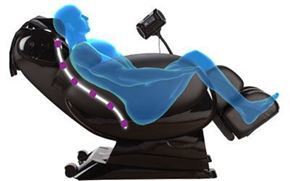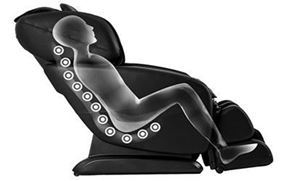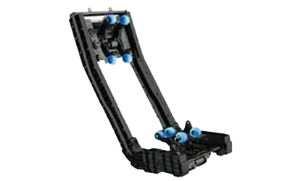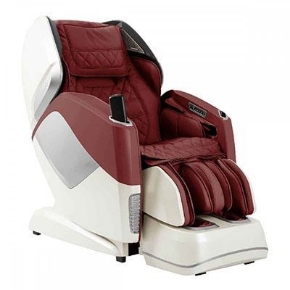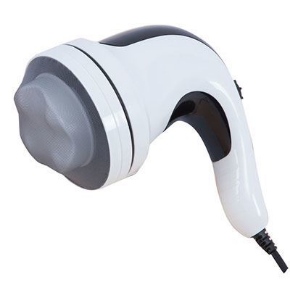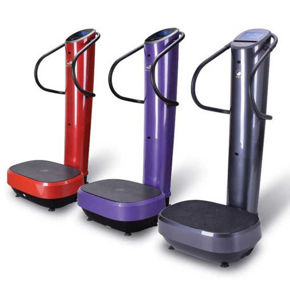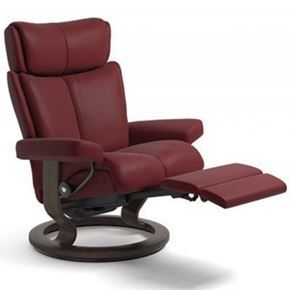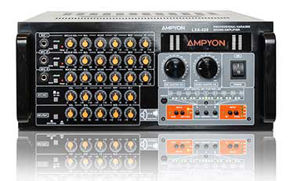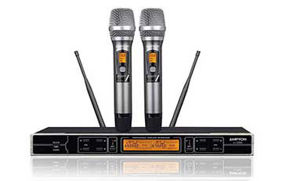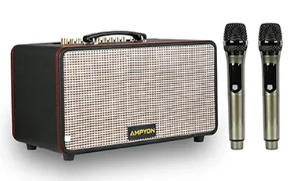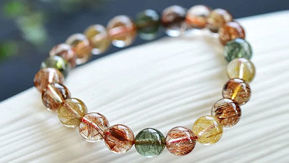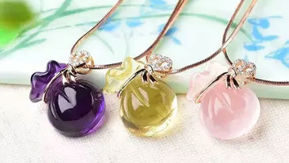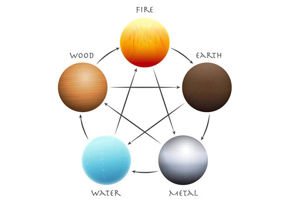Most beginners prefer building their first pond using a preformed liner. They also accent the pond with decorative rocks and waterfalls. But, this is difficult to maintain and often end in disappointment.
Most of the first-time pond owners decide to construct their ponds using EPDM pond liner as PVC and Plastic pond liners sold at garden stores are not durable and tear easily. These types of liners need replacement after a year or two. But, EPDM pond liner (made by Firestone) guarantees to last for 25 years under standard conditions.
A better choice for the average pond owner is the use of a pond kit. These kits come with numerous components such as hose, falls, skimmer, and liner. They are better than the preformed but to achieve the best result, there are numerous steps to take after.
Step 1: Location
The first thing to consider when building a pond with liner is the location. Look around the surrounding from many different angles, and mark out the suitable sites before picking the best possible location.
Step 2: Size
Next, you have to consider the size of the pond you intend constructing. This will be dependent on the size of your garden and what you intend using the pond for. Larger fish such as koi and carp will require a larger pond where as a smaller fish such as goldfish or frogs will have no issue with a smaller pond.
Step 3: Dig
When you have specified the location and dimension of the pond and you are content with the size and positioning, start with the excavating process. Dig out the turf and keep digging until the required depth is achieved. Keep in mind that all sharp objects such as stones or large lumps of mud should be removed.
When digging the pond, it is recommended that you prepare one side with slope so any animal that mistakenly falls in have a way of escaping. Slop can also be a place where your fish can bask in the sun.
Step 4: Set Up the Liner
Lay a layer of sand around the hole you have dug to help protect the pond liner and prevent it from being punctured. You can also add a layer of old carpet to enhance this protection.
Once the base has been laid properly, you have to position your pond liner. You may require some help from your friends depending on the size of your pond. Your friends will hold each end and lay over the hole you have dug out carefully. Try not to damage the liner by pulling it over sharp stones or rough surfaces.
Step 5: Secure the Edges
Once the liner is place use bricks to secure the sides. Remember to leave plenty of overlap.
Step 6: Fill Your Pond
After securing the edges with some bricks it is time to fill your pond. The edges of the liner need to be pulled so it can fit neatly in the contours of the pond.
Continue adding water until the pond is full after which you cut away any excess liner but leave an overlap large enough to lay turf or slabs on to keep in place.
Now, stand back and observe the beauty you have created! If you are content with what you have created, you have to decide which plants and fish you will add in your new pond.
TYPES OF POND LINERS
- Rubber Pond Liners
EPDM pond liners are popularly known as garden pond liner. Although they are more expensive than plastic pond liners, yet, they tend to be more flexible and easily conform to the contours of small water features. They are strong and are easier to handle in tight spaces. This makes the rubber pond liner so popular in small garden ponds.
- Synthetic Pond Liner
Nowadays when people talk about pond liners, they think of rubber and plastic pond liners that have become more popular recently. However, synthetic pond liners have allowed a number of inexperienced contractors to create inexpensive “small” ponds. Yes, small ponds because the larger the size of the pond, along with a protective underlayment, and precise ground preparation, the higher the cost of installing these liners. Synthetic pond liner also need extreme care when placing habitat features such as logs or stoners over the top of these liners.
- Plastic Pond Liners
There are different plastic pond liner materials available. Plastic liners are less expensive than rubber pond liners. And, some of the less expensive plastic pond liners don’t have a long life span. Some of the plastic pond liners are technically stronger than rubber pond liners for sealing larger ponds, but these plastic pond seals tend to be more difficult and stiff when setting up small ponds. Both rubber and plastic pond liners require much care and greater time during pond construction. This is due to their fragile nature when they come in contact with large rock and heavy equipment.
Another rare consideration with plastic pond liners would be the warranty. Plastic and rubber pond liners break down with time and exposure to water, sun, and soil. The most popular warranty is about 20 years. Users need to consider the value in a warranty that discounts the price when the entire pond needs to be refurbished since most of these liners are hidden beneath soil and rocks.
SUMMARY
Regardless of which method you choose to seal a pond, the design requirements follow simple scientific principles. A synthetic liner may produce a body of water that seems clearer over the short term but with time, this type of pond liner will tend to exhibit more problems with weed growths compared to other pond sealing methods. Enhanced pond liners require professionals to install, but they are more reliable over the long term.



